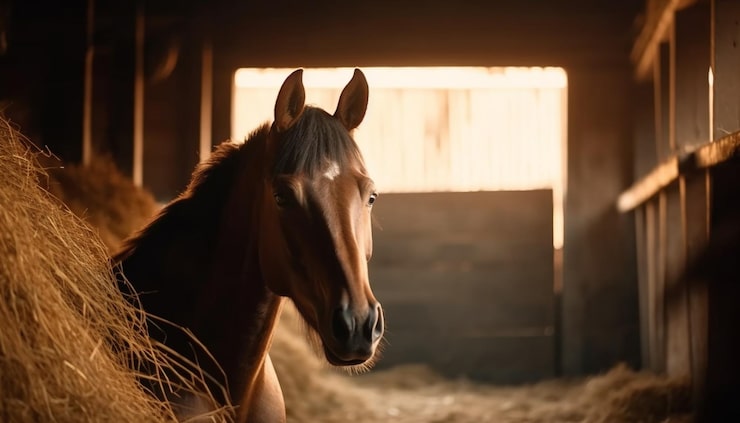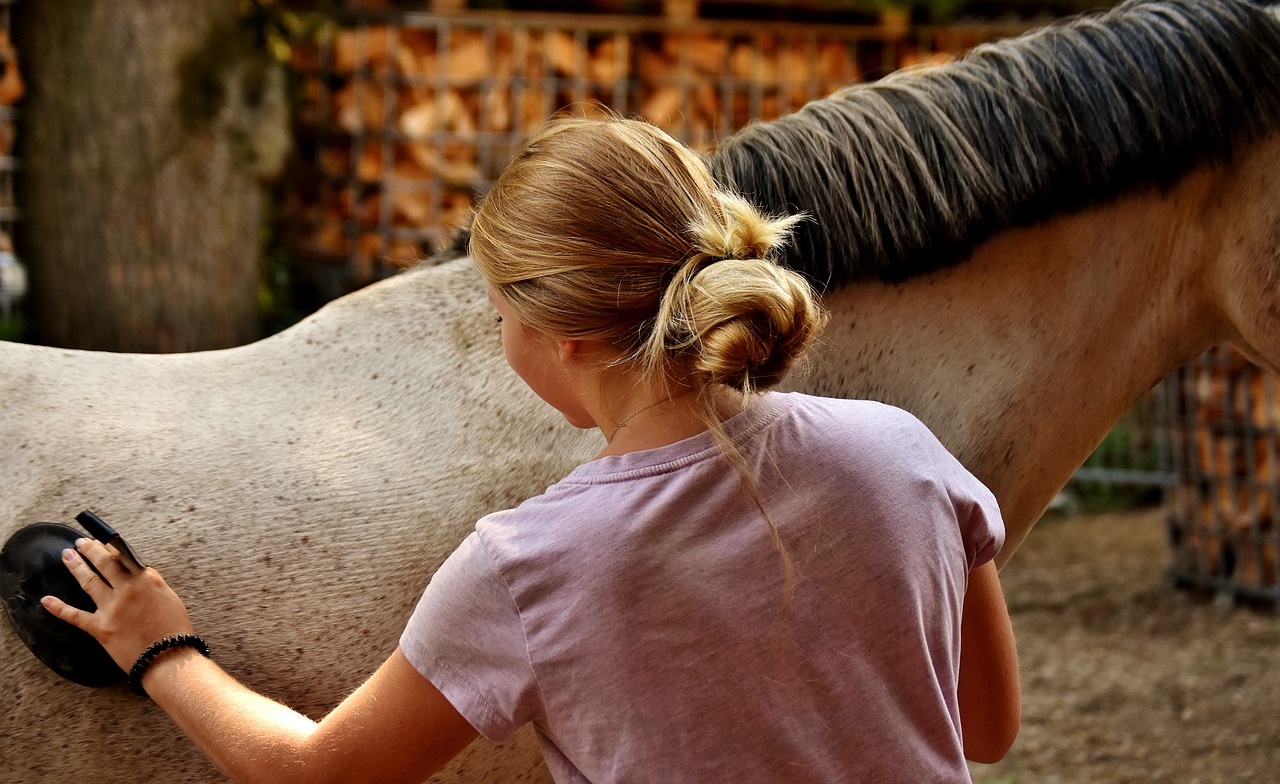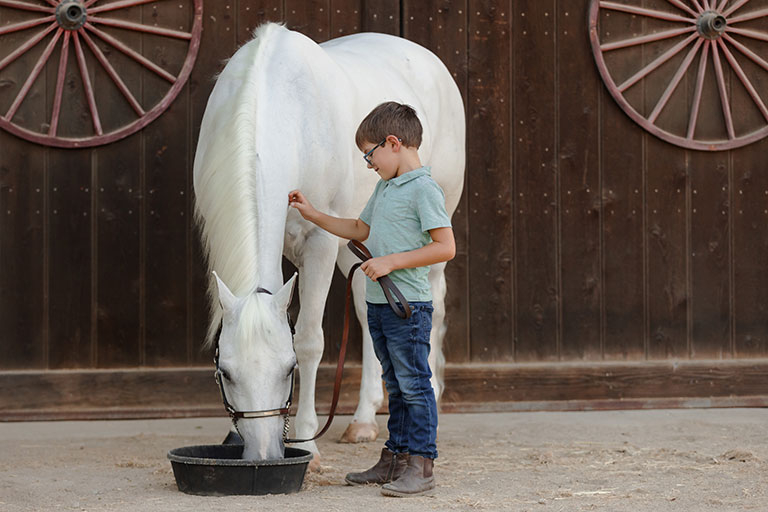Introducing senior horses to herd environments can be a rewarding experience for both the horse and the owner. Understanding the dynamics of herd behavior and the special needs of senior horses is crucial. This guide will help you navigate the process with confidence.

Understanding Herd Dynamics
Horses are naturally social animals. They thrive in groups, and being part of a herd can offer numerous benefits, such as companionship and security. However, every herd has its own hierarchy and dynamics that must be respected.
The Importance of Social Interaction
Social interaction in a herd setting can greatly enhance a horse’s quality of life. For senior horses, this interaction can mean mental stimulation and increased physical activity. Its essential to introduce them carefully to avoid stress.
Hierarchy in the Herd
Every herd has a pecking order, and understanding this order is key when introducing senior horses to herd. The established hierarchy helps maintain peace and order within the group.
Preparing for the Introduction
Preparation is critical when introducing a senior horse to a new herd. This involves assessing the health and temperament of your senior horse and understanding the dynamics of the existing herd.
Health Assessment
A thorough health check is essential. Ensure your senior horse is physically fit for the introduction. Consider consulting a vet for a health assessment. You can also read more about senior horse hydration.
Understanding the Herd
Spend time observing the herds current dynamics. Identify the leader and any potential troublemakers. This insight will help you anticipate and mitigate potential conflicts.
Introducing the Senior Horse
Once prepared, the introduction should be gradual and supervised. This helps prevent aggression and ensures the senior horse feels comfortable.
Gradual Introduction
Start by introducing the senior horse to one or two herd members at a time. This can be done in a neutral area to prevent territorial aggression. Gradual introductions can minimize stress and conflict.
Supervision and Monitoring
Always supervise the initial interactions. Look for signs of aggression or distress. Having a plan to separate horses if necessary is vital. For tips on managing pasture for senior horses, visit our guide on pasture management.
Health and Safety Considerations
Ensuring the health and safety of your senior horse is paramount. This includes regular health checks and adapting the environment to suit their needs.
Regular Health Checks
Regular vet visits help monitor your horses health. Look out for weight loss, dental issues, and mobility problems. These checks are crucial for early detection of health issues.
Adapting the Environment
Make necessary adjustments to the horses living environment. This may include softer bedding and easier access to food and water. Learn more about bedding for senior horses.
Benefits of Herd Living for Senior Horses
Living in a herd offers numerous benefits for senior horses, including mental stimulation, increased physical activity, and a sense of security.
Mental Stimulation
Being part of a herd provides mental challenges and opportunities for social interaction, which can help prevent boredom and depression in senior horses.
Physical Activity
Herd living naturally encourages movement. This can help maintain muscle tone and joint health. For exercise tips, check out exercise for older horses.
Handling Challenges
Introducing a senior horse to a herd can present challenges. Understanding and addressing these challenges is crucial to a successful integration.
Dealing with Aggression
Aggression can occur during the initial introduction. Recognizing signs early and intervening can prevent injuries. It’s important to have an action plan ready for such situations.
Addressing Health Declines
Keep an eye on the senior horses health throughout the integration process. Address any declines promptly to avoid long-term issues. Consider incorporating stretching routines to aid in flexibility.
Long-Term Considerations
Think about the long-term well-being of your senior horse within the herd. This includes ongoing health care and monitoring social dynamics.
Continuous Monitoring
Regularly check on the senior horses integration into the herd. Adjust care routines as necessary to ensure their ongoing comfort and safety.
Adapting to Changes
Be prepared to make changes as the herd dynamics evolve. This might include altering feeding routines or addressing new behavioral issues.
For additional resources on caring for older horses, you can visit Blue Cross.
Conclusion
Introducing senior horses to herd settings requires careful planning and consideration. By understanding the unique needs of senior horses and the dynamics of the herd, you can ensure a smooth and successful integration.

FAQs
How long does it take for a senior horse to adjust to a new herd?
Adjustment periods can vary, but typically it may take a few weeks to a few months for a senior horse to fully integrate into a new herd.
What signs indicate a successful integration?
A successful integration is indicated by the senior horse showing signs of relaxation, eating well, and interacting comfortably with other herd members.
How can I ensure my senior horse remains healthy in the herd?
Regular health checks and monitoring, along with adjusting care routines as needed, will help ensure your senior horse remains healthy within the herd.
This article contains affiliate links. We may earn a commission at no extra cost to you.
